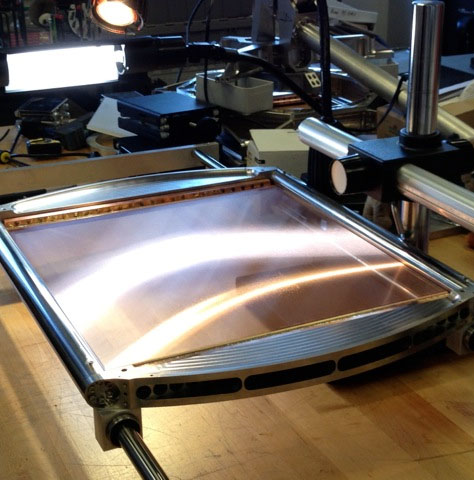I met with my friend Bob Warfield (who writes the fantastic machining blog CNC Cookbook and is the author of the popular G-Wizard software tool suite for machinists) for lunch a couple of weeks back on a recent trip to California. We got to talking about some of the more unique non-cutting applications that I've seen for Tormach PCNC Mills, which Bob recounted in a recent blog post . After reading Bob's thoughts on the conversation, I realized that I've really never talked much about how popular this type of thing is with our customers. Using a Tormach PCNC as a general motion system platform was one of the markets that was predicted in Greg's original business plan from over 10 years ago, as you can see from this excerpt:
"Some people would cringe at the idea of taking a brand new CNC mill and ripping into it to make it into something else, but that very idea makes a lot of sense to manufacturing engineers. Building a new automated manufacturing system is always an expensive undertaking. However, that new system made from pieces or sections of the a PCNC is often less expensive than a line built from new, raw components. Whether it's a single work cell or a large scale integrated line, manufacturing systems normally have precision motion with multiple axes. Because the PCNC 1100 has an open architecture, it would be a simple matter for a trained engineer to do a bit of rewiring for PLC control. Perhaps the spindle would be replaced with an adhesive applicator or ultrasonic plastic welder. Maybe nothing more than a Z axis, spindle, and column would be used. For a manufacturing engineer, the PCNC 1100 can be a building block for the creation of larger systems."
Slowly and surely, that's been the case. Customers have shared with us large format 3D printers, Vertical Lathes, Rotary Laser Engravers, Dip Coating Machines, dedicated deburring stations, punch presses, and many more that I know I'm forgetting. The open-architecture principles of our design have made PCNC Mills a favorite for industrious hardware hackers. With that in mind, here's one of my recent favorites, shared with us by Paul Mirel, Mission Systems Engineer for the NASA PIPER Project . The PIPER mission payload is an instrument that will be used to study the polarization vector field of the Cosmic Microwave Background, which is light leftover from the Big Bang. It will fly from a high-altitude scientific balloon at altitudes of 37 km in order to avoid emission from the Earth's atmosphere. [youtube]http://youtu.be/PpjY4tvDf7o[/youtube] Paul is using his PCNC 1100 to wind a parallel wire array to make a microwave polarizer. The wire array is made from 35 micron diameter wires, spaced 117 microns apart (that's around .0045"). Here are a few of the finished polarizers that Paul has made with his wire-winding Tormach. 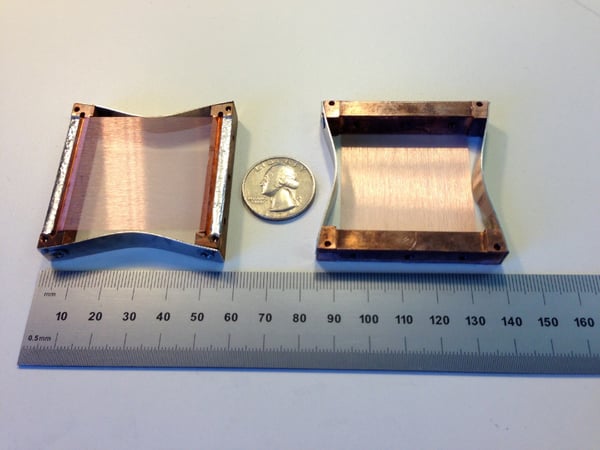
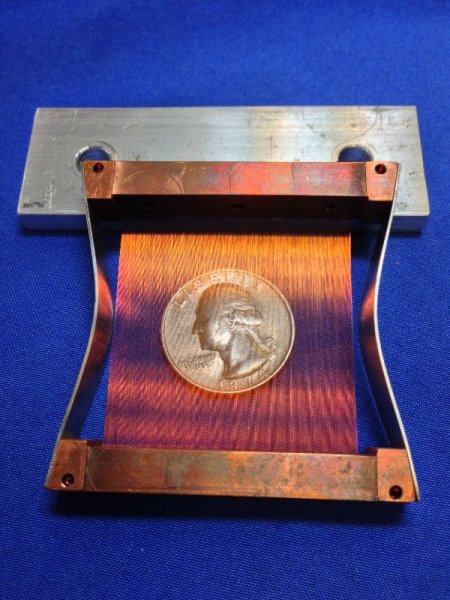
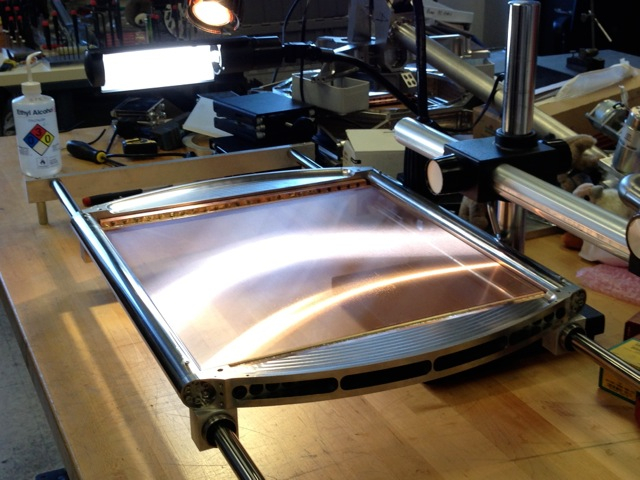
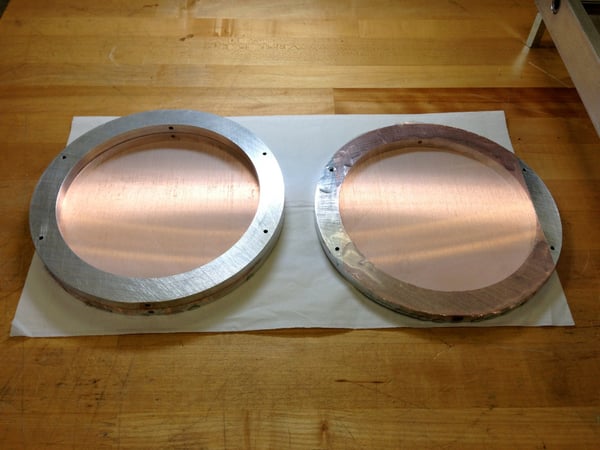
So Cool! Thanks for sharing, Paul! Do you have a non-traditional Tormach application to share (or brag :)) about? Please let me know, I'd love to see it.
